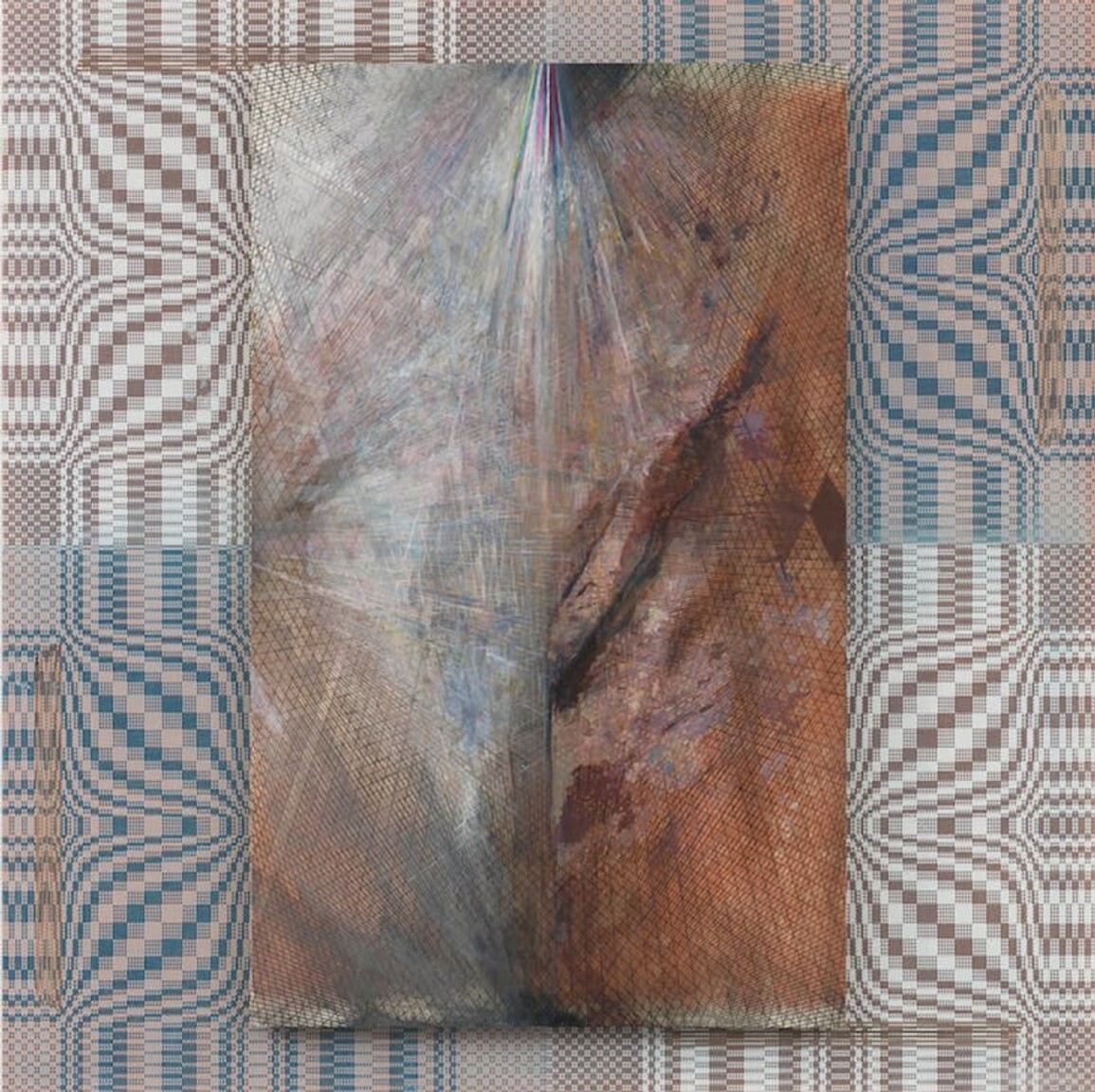Talk

New date! Rebecca Quaytman / Chapter Zero
R. H. Quaytman uses a method involving painting on wood panels with beveled edges which nest into each other geometrically or their ratios link.
Register for the webinar here
R. H. Quaytman uses a method involving painting on wood panels with beveled edges which nest into each other geometrically or their ratios link. The subject matter is determined in different ways by the place and time they are first shown She has made 36 chapters from 2001 to 2020 and has now begun again at zero with Wiertz’s Revolt, Chapter Zero, title “Wietz’s Revolt” at WIELS which will open in September in Brussels, Belgium. As part of the course “Imprint and Touch” that Professor Melissa Gordon will lead as a residency for students from the Academy of Arts, Oslo, in November at the Frans Masereel Centrum, R.H Quaytman has been invited to give a talk on her printmaking and painting practice in relationship to her upcoming exhibition at WIELS.
As part of her research into the artistic history of Brussels, the artist R. H. Quaytman visited the Wiertz Museum. Quaytman asked herself: Who was Antoine Wiertz (1806-1865), and why did he turn his studio into a museum? Why did he choose to paint remarkably emancipatory scenes of women in distress on a monumental scale, as well as other gruesome depictions of poverty, war, and suicide?
R. H. Quaytman reinvents the production of pictorial images in today’s digital age, reinstating them within the context of art history and of painting in particular, reasserting their materiality and spiritual scope, and deconstructing prevailing narratives from a feminist and intersectional point of view. Her strategies are pictorial, photographic and conceptual, leading to the development of complex groups of works she titles as chapters. Composing each of her exhibitions in relation to a local reference, Quaytman builds her series as a narrative structure that shapes the overall organisational principle and the mode of execution of the individual works.
R. H. Quaytman (born 1961) is an American contemporary artist, best known for paintings on wood panels, using abstract and photographic elements in site-specific "Chapters", now numbering thirty-four. Each chapter is guided by architectural, historical and social characteristics of the original site. Since 2008, her work has been collected by a number of modern art museums. She is also an educator and author based in Connecticut. She has exhibited widely across the United States and Europe including at the Serralves Museum, Porto, The Guggenheim Museum, New York, Brandhorst Museum, Munich, Secession, Vienna, Museum Ludwig, Cologne, and Museum of Contemporary Arts, Los Angeles.